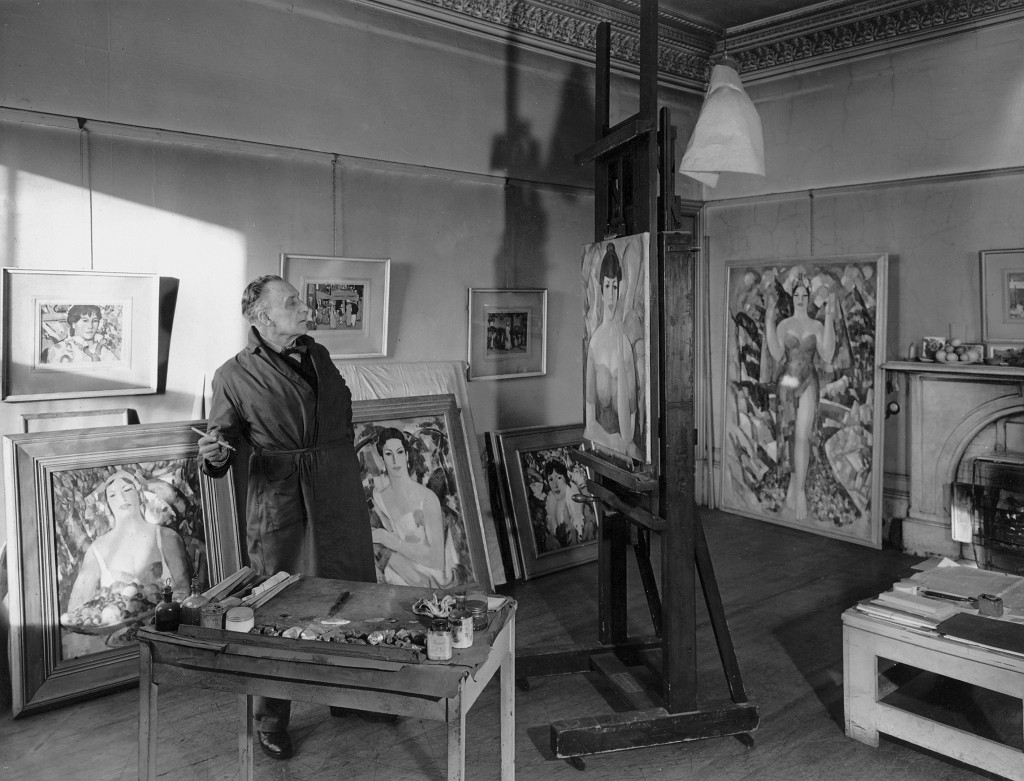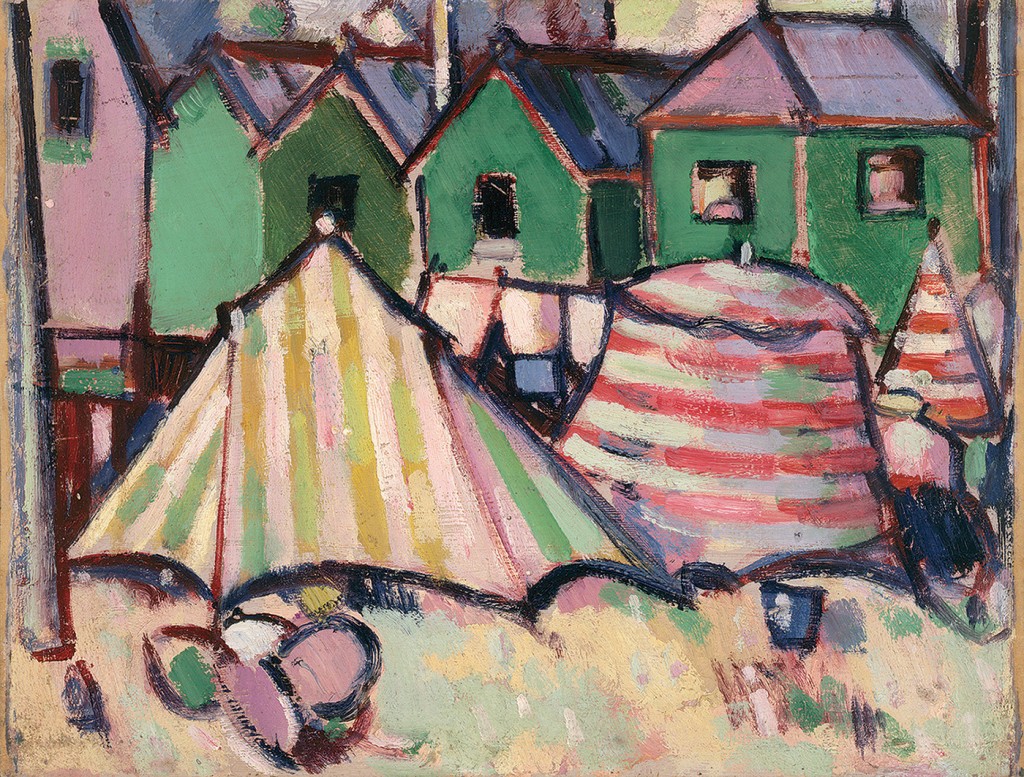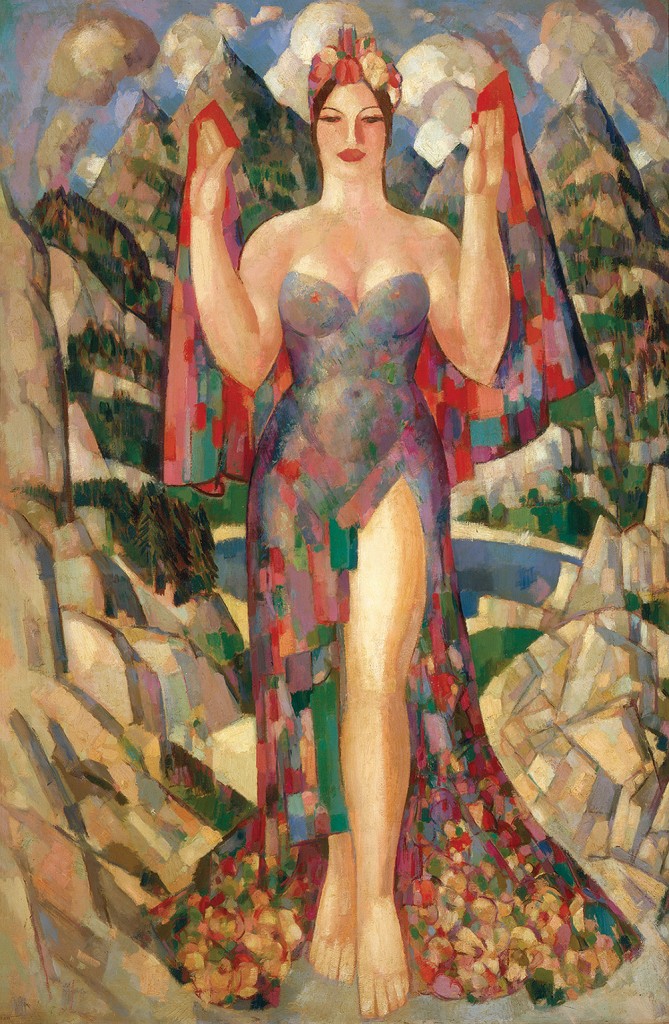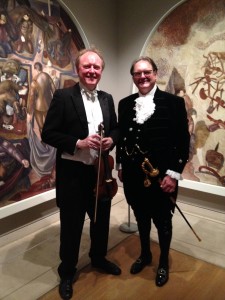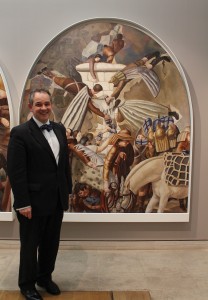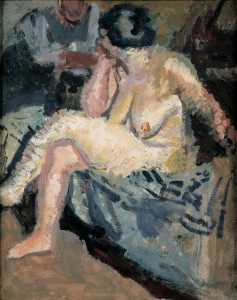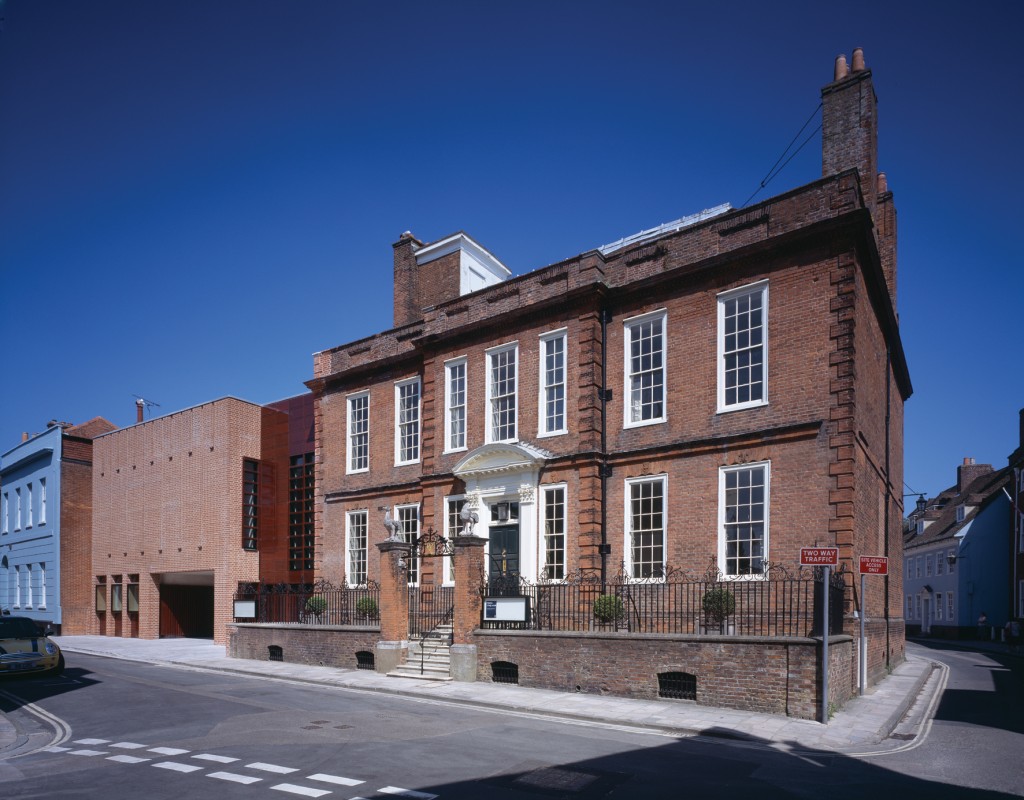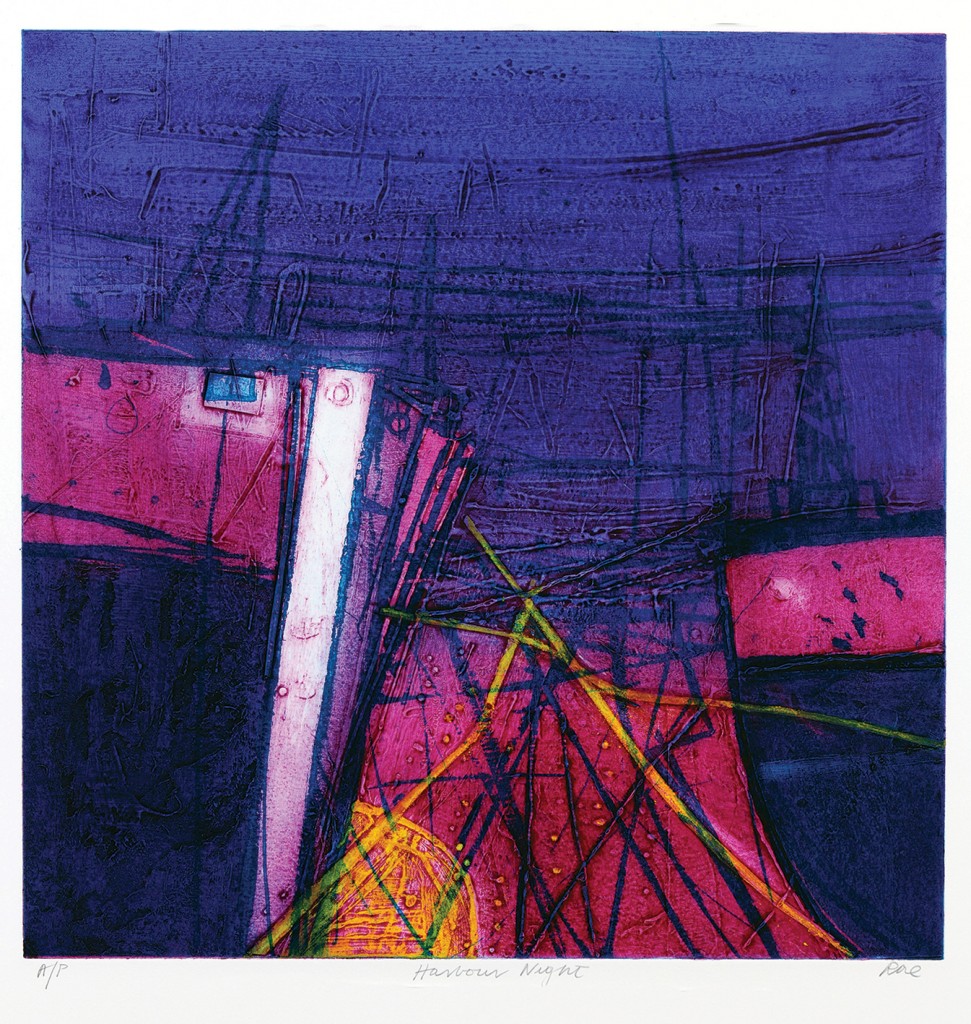
I have a particular passion for prints. The diversity of techniques available to the contemporary printmaker makes this a particularly creative area for artists. Scottish artist and Royal Academician Barbara Rae accurately describes herself as both a printmaker and a painter. The use of collage and layering entwines both strands of her work. She offers the viewer what some have described as an abstracted interpretation of the world.
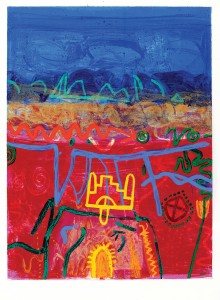
Barbara Rae voices real concern about how we locate ourselves in relation to the world around us. This concern is important and countercultural to the way in which technology, like satellite navigation, can disconnect us from our landscape and sense of place in the world. Her work holds in tension what we perceive and what is beyond, the colours creating a spatial ambiguity. Rae remains an experimental painter and printmaker, seeking new ways to communicate her vision of the world. Patterns in the landscape are revealed in the patterns in her prints. Take, for example, the lines drawing together the composition in ‘Harbour Night’, as though woven in the scenery. Together with the rich, layered colours they create rhythm and life in the image. ‘Barbara Rae: Prints’ is a jewel-like exhibition, which allows us to understand the artist’s mastery of printing techniques as diverse as etching, collotype and screen printing. It runs at Pallant House Gallery, Chichester, until 26th October 2014.
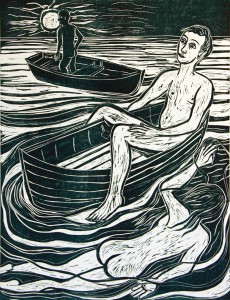
Also on show at Pallant House, until 19th October, is a selection of twelve newly acquired prints, which feature in another exhibition, titled ‘Royal Academician Printmakers: New acquisitions through the Golder-Thompson Gift’. It spotlights the generosity and vision of Mark Golder and Brian Thompson, who have given some one hundred and sixty works by contemporary R.A. printmakers to the Pallant House Gallery Collection. The works in this exhibition encompass a variety of different printmaking techniques, including wood engraving, aquatint, silkscreen and several types of intaglio printing, which include etching, engraving, polymer and gravure. Among my favourites is Eileen Cooper’s ‘Skipper’. This woodcut print has a compelling folk narrative, told through her lovely use of line. It is at once playful and contemporary.
These two exhibitions beautifully explore and demonstrate printmaking as an art form in its own right. But these two shows, like printmaking itself, are also highly democratic, as these images are to be shared and celebrated by many.
For more information on these exhibitions go to www.pallant.org.uk or telephone 01243 774557.
By Revd. Rupert Toovey. Originally published on 3rd September 2014 in the West Sussex Gazette.
